POST-WAR DETROIT
Wartime housing shortages and inconsistent integration increased the number of substandard dwellings for Black Detroiters, which were overcrowded and a lacked basic city services like functioning gas and sewer lines. Significant obstacles prevented Black people from seeking decent, affordable homes in Detroit, including property covenants restricting where Black people could live, homeowner protective associations preventing minorities from purchasing homes in certain areas, and general pressure to meet an invisible standard of acceptability for access to public housing projects.
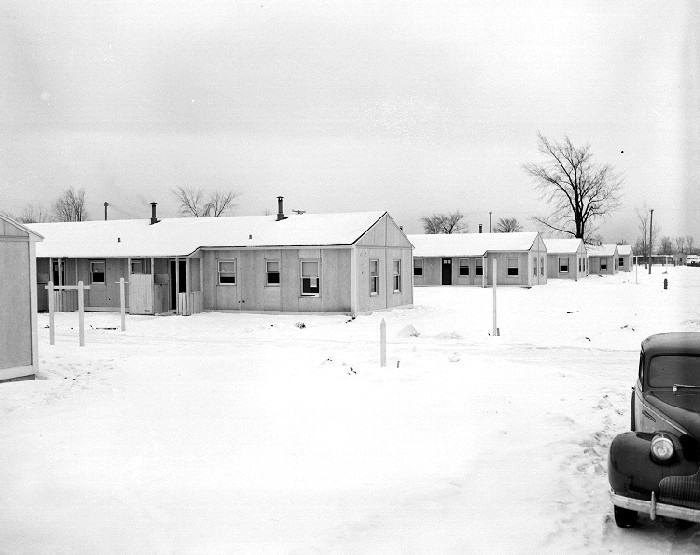
Oakdale Gardens Housing Project in Detroit, Michigan at 8 Mile Road and Wyoming. January 5, 1945. From the Detroit News Photograph Collection.
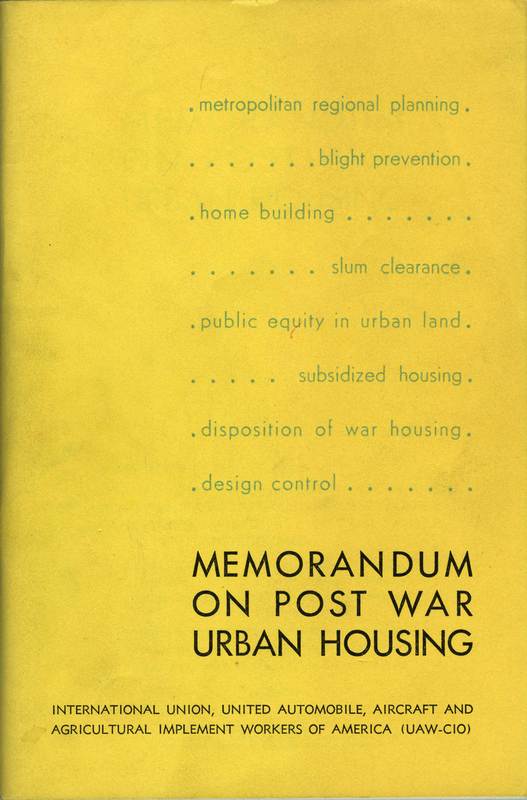
A publication addresses post-war housing problems from a consumer’s point of view. 1944. Civil Rights Congress of Michigan Records, Box 66.
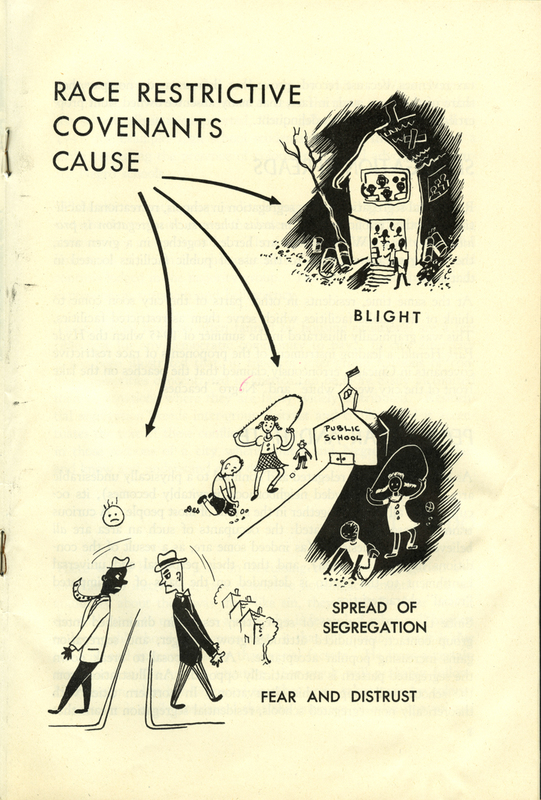
A graphic published in Hemmed In: ABC’s of Race Restrictive Housing Covenants depicts the consequences of property covenants restricting where Black residents may live. 1945. Civil Rights Congress of Michigan Records, Box 66.
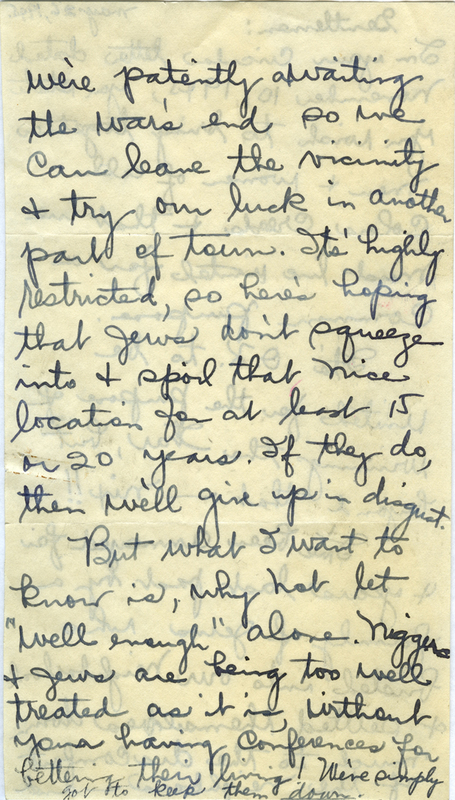
A letter from a Detroit resident expressing disgust with the changing racial composition of Detroit neighborhoods. May 26, 1945. Civil Rights Congress of Michigan Records, Box 66.
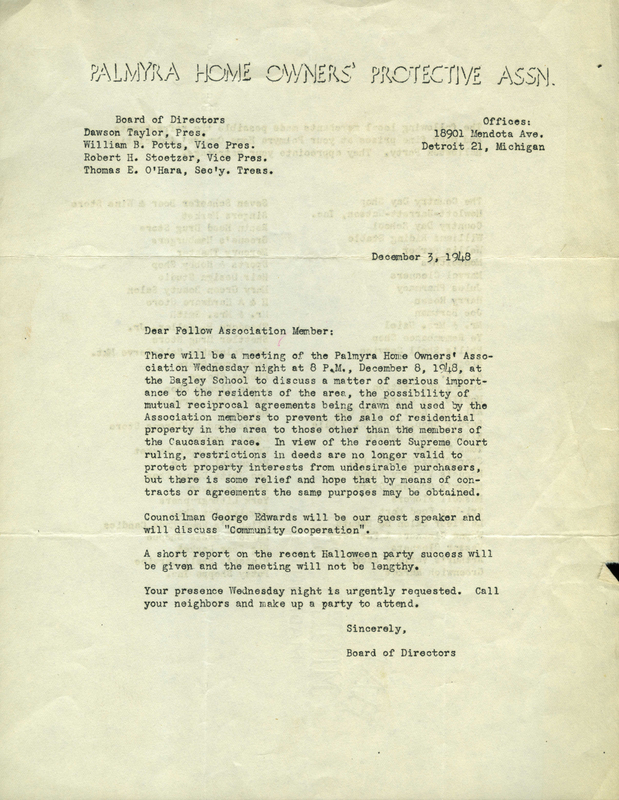
The Palmyra Home Owners’ Protective Association Board of Directors announces a meeting to discuss ways to prevent minorities from purchasing homes in their neighborhood. Civil Rights Congress of Michigan Records, Box 66.

A letter from Detroit Housing Commission Secretary Harry J. Durbin informs Detroit Police Commissioner Edward S. Piggins that the commission will be moving Black families into the Herman Gardens Housing Project and assures him of the families’ wholesomeness. November 25, 1955. Detroit Commission on Community Relations (DCCR)/Human Rights Department Records, Part 3, Box 27.
